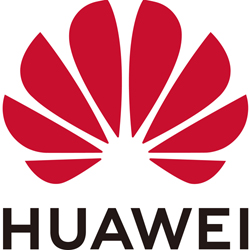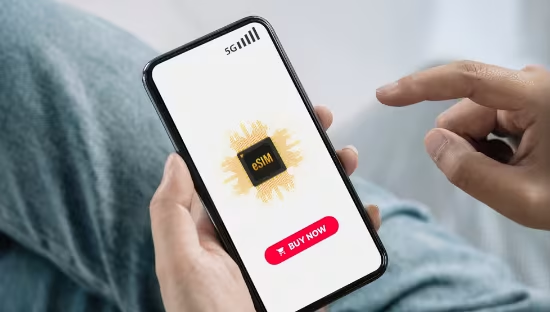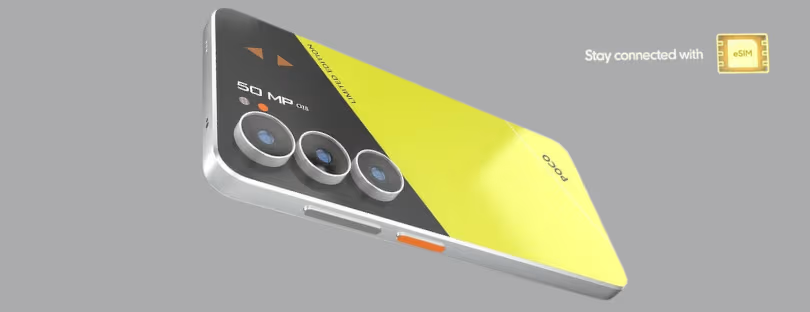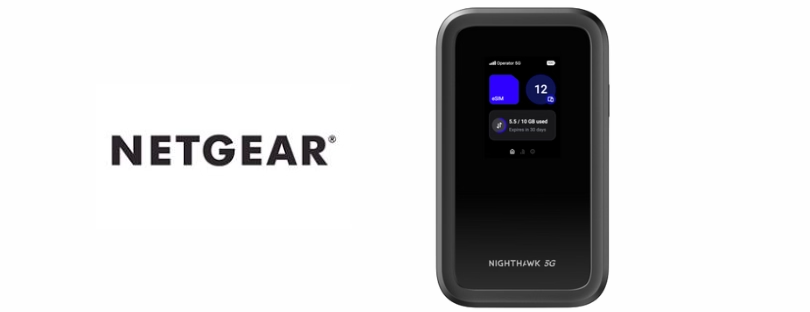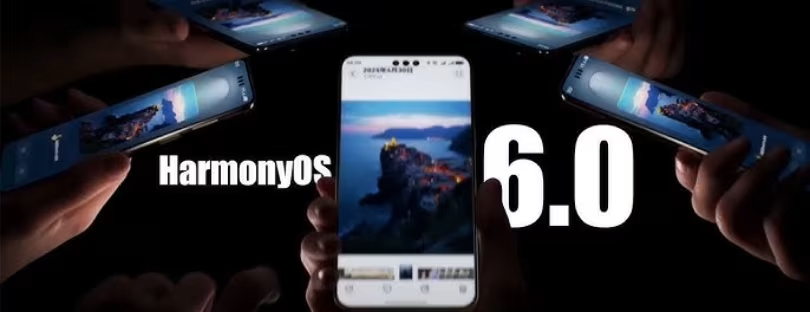
Huawei’s HarmonyOS 6.0 May Bring First Built-In eSIM Manager
Huawei is quietly preparing a bigger push into eSIM with the rollout of HarmonyOS 6.0. Early testers and tech outlets have spotted a brand-new system-level “eSIM” app (version 6.0.0.6) appearing on devices that upgrade to the latest software, signaling Huawei’s intent to unify and expand its approach to digital SIM technology. Until now, eSIM support on Huawei phones has been fragmented — limited to select overseas variants and hidden in deeper menu layers. By introducing a dedicated, built-in app, Huawei is making eSIM management more visible and likely more user-friendly, positioning it as a standard feature across supported models rather than a niche capability.
The timing is significant. Globally, eSIM adoption is accelerating: Apple launched iPhone Air, Google will apparently go with Google Pixel 10 eSIM only, carriers and regulators are encouraging digital-first connectivity, and users are increasingly turning to eSIMs for cheaper data while abroad. For Huawei, whose hardware strategy has had to adapt under U.S. restrictions and limited 5G chipset options, improving connectivity software could help the brand remain competitive in international markets. If HarmonyOS 6 does indeed bring first-party eSIM management to both new flagships and older models like the Mate 40 series, it could mark one of the company’s most meaningful software-side upgrades in years — a change that resonates with frequent travelers, dual-number users, and anyone tired of swapping physical SIM cards.
What’s new: a native eSIM app in HarmonyOS 6
- System app presence. Users upgrading legacy models to HarmonyOS 6 report an app simply called “eSIM” preinstalled (v6.0.0.6). That suggests OS-level hooks rather than the scattered, OEM-skinned flows of the past.
- Broader rollout hints. Early coverage says the feature is intended across old models, including the Mate 40 series, not just brand-new hardware. Huawei-focused outlets also expect HarmonyOS 6 devices generally to “support a new built-in eSIM app.”
- Developer signals. Chinese tech press points to HarmonyOS documentation/API notes indicating eSIM management APIs have been present since HarmonyOS 5.1.0 (API 18), with additional access-rule interfaces in 6.0.0 (API 20) — another sign Huawei’s been preparing a full stack. (APIs like
eSIM.isSupportedandeSIM.addProfileare referenced.)
What this could mean in practice
If Huawei enables the app widely, users could get:
- Carrier-profile downloads without third-party workarounds. A native app should streamline adding, switching, and deleting eSIM profiles (e.g., scanning a QR from an eSIM provider), reducing reliance on inconsistent settings menus.
- Tighter integration with Huawei services. Huawei’s Tianjitong Go (SkyTone Go) WeChat mini-program has already surfaced eSIM device support in testing; a system app could dovetail with that to simplify travel data purchases and profile management.
- Back-port potential to older flagships. Reports explicitly mention Mate 40-series models — and Huawei’s own regional pages have long noted that some Mate 40 Pro (overseas variants) support eSIM at the hardware level. A first-party app could unlock a cleaner experience on those SKUs. Caveat: hardware/radio and regional certifications still apply.
Don’t confuse the app with guaranteed eSIM on every phone
Today’s signals are promising but not a blanket promise. Three important realities:
- Hardware + region gates still matter. Some Huawei phones physically support eSIM, but many regional variants do not (or carriers block activation). A system app can’t override missing hardware, firmware fuses, or local rules.
- Huawei hasn’t published an official device matrix yet. Coverage is based on sightings and early reporting; Huawei’s formal feature list is still pending.
- HarmonyOS 6 rollout is ongoing. Huawei just opened closed-beta recruitment for HarmonyOS 6.0 on select flagships; features may evolve before stable release.
Likely user experience (based on Huawei flows to date)
Until Huawei documents the new app, expect a flow similar to current Huawei eSIM setups: Settings → Mobile network → SIM management → Add eSIM → scan QR (or download via code/activation). A dedicated app should centralize those steps, add profile management, and possibly link to Huawei’s services for travel data.
Who benefits most
- Frequent travelers/dual-number users: Quick profile swaps without a physical tray, especially useful where local travel eSIMs are cheaper than roaming.
- Owners of older, eSIM-capable Huawei models: If your SKU had dormant or awkward eSIM support, a first-party manager could finally make it usable day-to-day.
What to do now (practical checklist)
- Check your exact model and region against carrier eSIM support pages before updating expectations. (Mate 40 Pro overseas examples exist; domestic variants can differ.)
- Join HarmonyOS 6 betas if your device is eligible to preview features earlier—with the usual beta caveats.
- Keep an eye on Huawei’s release notes and reputable trackers for when the eSIM app’s capabilities are officially described. Current reporting emphasizes the app’s presence, not a finalized feature list.
Bottom line
Early evidence strongly suggests that HarmonyOS 6.0 introduces a native eSIM app (v6.0.0.6) and broader OS-level eSIM plumbing, likely improving activation and management on supported Huawei phones — including some older flagships. Official compatibility will still depend on hardware SKUs, regions, and carriers, and Huawei has yet to publish the definitive device matrix. For travelers and multi-line users in supported markets, this looks like a meaningful quality-of-life upgrade to watch as HarmonyOS 6 rolls out from beta to stable.







